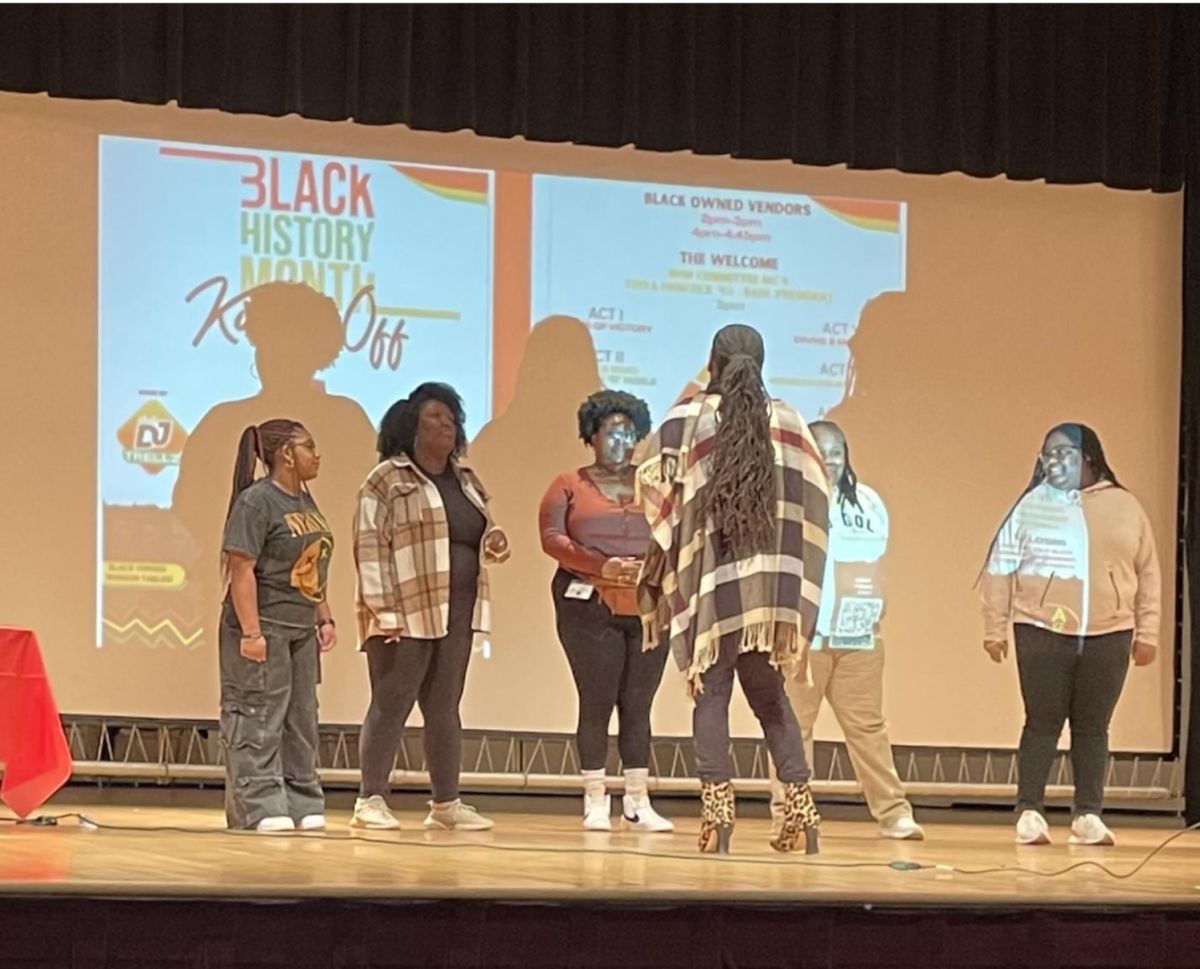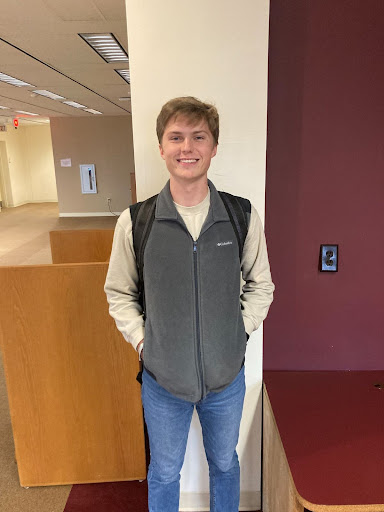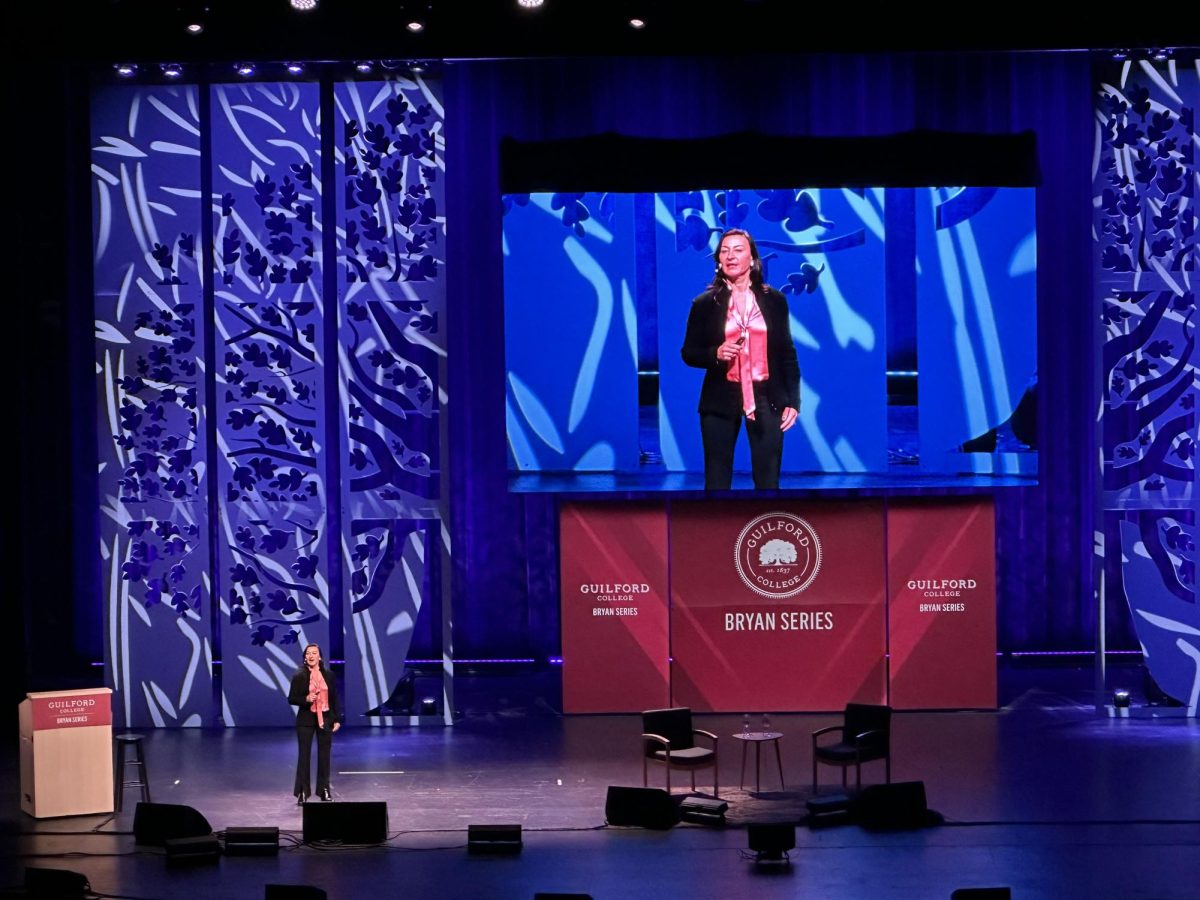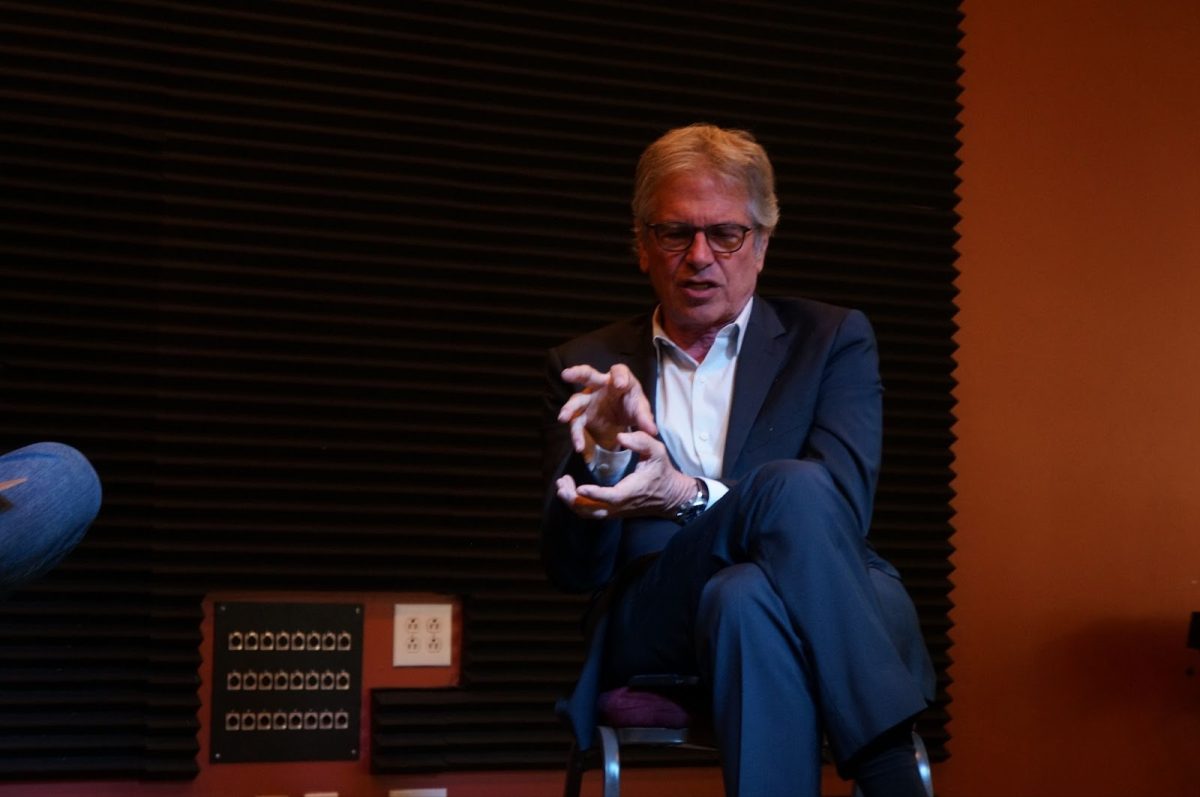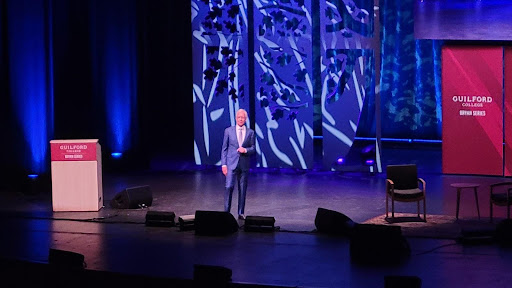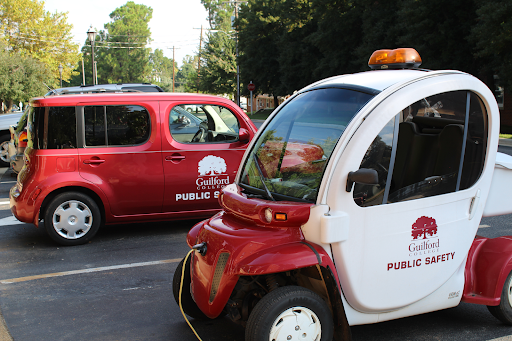Falling. Guilford College’s enrollment, that is.
For the past four years, Guilford College has seen a drop in enrollment each year. Is this Guilford’s fault or is something larger causing this?
Nationally, the number of students applying to college has declined since 2009. While several causes are to blame, a main one is jobs.
Stanford University economist Caroline Huxby argued that colleges enroll more students during economic recessions when jobs are scarce. The recovery from the 2008 crash has created an influx of jobs in the U.S., giving more opportunities to students fresh out of high school.
Trends also point towards an increased number of students looking for practical degrees in fields like business, engineering or computer science. For liberal arts colleges like Guilford, this is bad news.
“In 15 years, the number of liberal arts colleges might be down to 120 because of the pressure to add more practical offerings,” said President Emeritus of Kalamazoo College Dr. David Breneman in an interview with The New York Times.
Victor Ferrall Jr., author of “Liberal Arts at the Brink”, reflected on the declining interest in a liberal arts education.
“Yes, students and their parents still want degrees from prestigious liberal arts colleges, but fewer and fewer value the liberal arts education the colleges provide,” Ferrall said in an interview with Inside Higher Education. “In today’s market, how is anyone going to get a job as an anthropologist or historian, let alone as a philosopher or expert in 19th-century English literature?”
Small liberal arts colleges like Guilford are trying to adapt to the modern age and veer towards more practical learning. As evidence of this trend, Guilford recently added a new cyber and network security major and hopes to continue adding exciting new majors to its curriculum. While valuable and current in itself, cyber security doesn’t ring the “liberal arts bell” like peace and conflict studies does.
Though liberal arts colleges are trying to attract students with new majors and programs, financial aid is crucial in deciding which college to attend, especially for continuing education students.
Guilford’s traditional student enrollment has only decreased seven percent since 2012, which is not a big change in the scheme of things. The heavy losses however, lie in CCE student numbers.
Lack of federal and state financial aid is a major reason CCE student enrollment numbers have dropped. Guilford has lost nearly 50 percent of its CCE student population in just the past four years.
“Smaller private institutions … are not able to offer the same type of financial aid packages that very large institutions … can offer,” said Jason Dewitt, research manager of The National Student Clearinghouse Center to CBS News.
This makes complete sense, especially for Guilford, where financial aid hinges on student enrollment. With fewer students enrolled, the College has less money for financial assistance.
Where does this leave Guilford College?
Simply put, Guilford is in a bind. Nevertheless, visiting student Raina Baier felt positive and attracted to Guilford during her overnight stay.
“The people at Guilford are all really friendly and genuinely interested in you as a person, rather than as an enrollment stat,” Baier said in an email interview.
An unofficial poll conducted by The Guilfordian asked students, “Does Guilford’s quirky nature and peculiarities turn students away?” Of the 32 students polled, the numbers were nearly split even, with 43 percent agreeing that Guilford’s atmosphere surprises some students.
“Some students probably don’t really know what they’re getting into,” said first-year Corry Greenler.
Others agreed but decided that the students who stay become invested in the community and find Guilford’s quirkiness special. One of these is first-year transfer student, Kylee Crook.
“I immediately felt a sense of community, and when I first got into campus I felt like I belonged here,” said Crook.
Senior exchange student Kei Kato agreed.
“There is (little) distance between students and professors … which helps me as an international student,” said Kato.
This sense of community is one of the special values that Guilford aims to embrace.
If community and new programs attract students, these assets need to be hammered home, front page announcements for the prospective students searching for schools this time of year.

